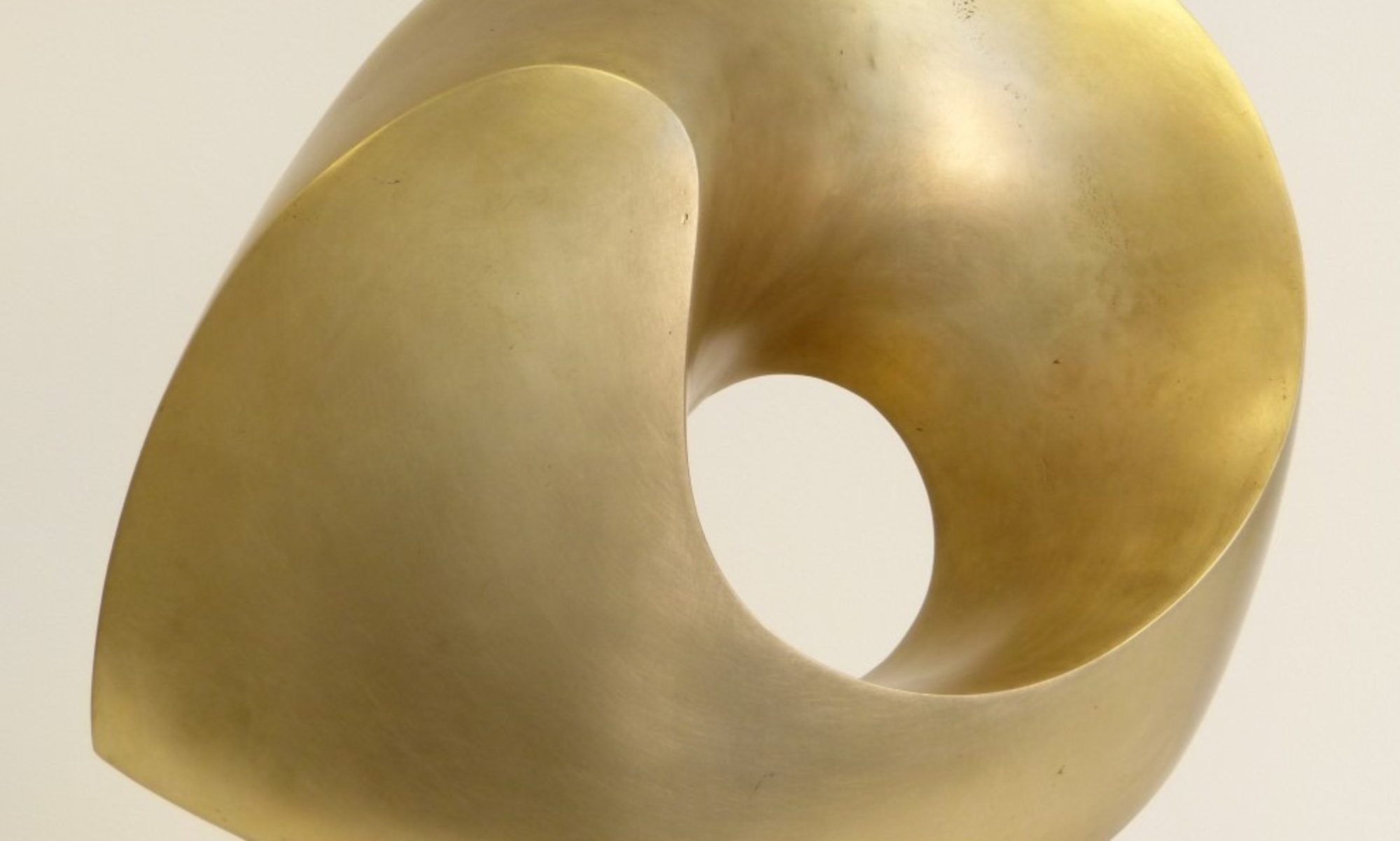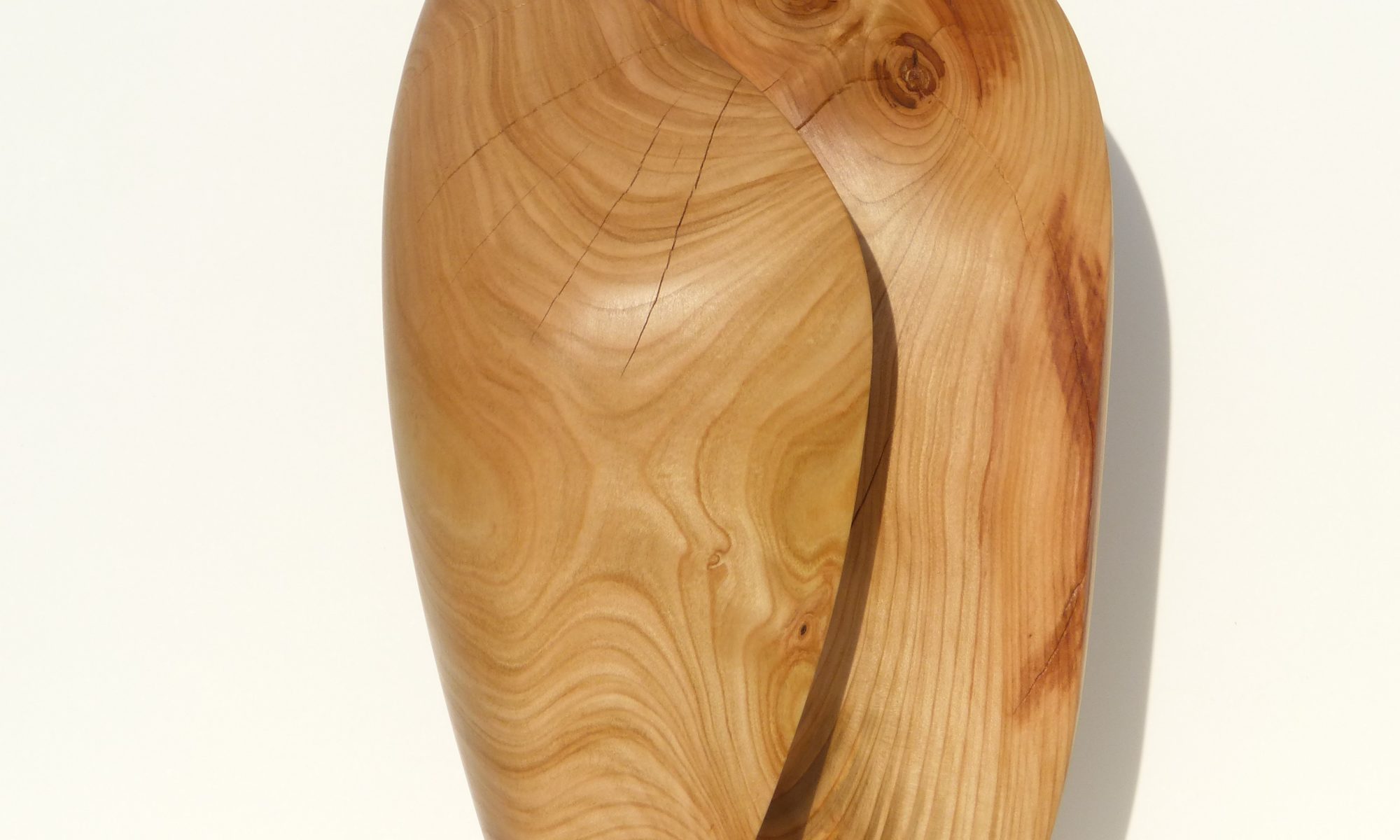At the end of a long life was featured at the online exhibition On being by Sculptors Allinace in New York. For the panel talk about the exhibition, I tell you how this piece was created: where I found the wood, how I designed the shape, which tools I used and which supposed disappointment ultimately defines the special character of the sculpture.
The wood was given to me by friends. Their cherry tree had lost a branch. They had already sawed into firewood when I discovered it. At the beginning I design a new sculpture with a small piece of modeling clay. Then I saw the wood into shape with the chainsaw, using the clay model as a template. At one point the piece comes to life. I put the model aside and let the lines and curves of the wood guide me. This part of the job is what I enjoy most because it is no longer my mind but my soul that takes the lead. At the same time, however, the most exhausting part of my journey is with a new piece.
I switch from chainsaw to file and then to sandpaper. I love running my hands over the smooth surfaces and following the lines of the piece. This pleasure always seduces me to strive for perfection. In this case, the perfection was destroyed when the wood dried, as small cracks opened and distorted the smooth surfaces. At first I was disappointed, but soon this became the feature I value most about this piece because it reminds me of an old person.
Life inflicts physical and emotional wounds on us. In other places it grinds us smooth, makes us gentle. Everything about a person is a testimony to his life. The way we run, the way we hold our heads, the arching of our backs, the wrinkles on our faces: all of this tells of the difficulties we faced, how we dealt with them and how we live today.
So the name for this piece came naturally: At the end of a long life it shows both wounds and smoothness, like we do as humans.

